42 energy on food labels
Food Labels | Nutrition.gov What's New with the Nutrition Facts Label. HHS, Food and Drug Administration. The U.S. Food and Drug Administration (FDA) has updated the Nutrition Facts label on packaged foods and beverages with a fresh design that will make it easier for you to make informed food choices that contribute to lifelong healthy eating habits. What's in a Name? Food labels & nutritional information | Raising Children Network Things to look out for on food labels: energy, fat, sugar and salt Energy Energy is listed on the panel as kilojoules (kJ). Fats, protein and carbohydrates all provide your body with the energy or kilojoules you need to function and do your daily activities.
Energy in Food and Nutrition | Chemistry for Non-Majors | | Course Hero For the snack food in this example, most of the energy is coming from fat first, then from carbohydrates and finally from protein when these three sources of energy are considered. Summary. An example of how to calculated the energy in the food that we consume, based on food nutrition labels has been illustrated.. Practice. For more practice ...

Energy on food labels
How Do They Calculate Calories on Food Labels? Additional research shows that energy values using traditional Atwater factors overestimate the energy value of almonds and pistachios by 32% and 5%, respectively. Our tips: We want to believe that the information on food labels is 100% accurate, but in reality, it is a compilation of best available data rounded to whole numbers. Food labels - NHS Most pre-packed foods have a nutrition label on the back or side of the packaging. These labels include information on energy in kilojoules (kJ) and kilocalories (kcal), usually referred to as calories. They also include information on fat, saturates (saturated fat), carbohydrate, sugars, protein and salt. Energy labelling of alcoholic beverages - Food Standards on-label energy content information is the best option to address the problem and is generally supported by stakeholders as the preferred option a shortened nutrition information panel (NIP), containing average energy content only, appears to be the most appropriate format for labelling of alcoholic beverages and was preferred by most ...
Energy on food labels. Food energy - Wikipedia The approximate food energy contents of various human diet components, to be used in package labeling according to the EU regulations [13] and UK regulations, [14] are: (1) Some polyols, like erythritol, are not digested and should be excluded from the count. Can labels shift our food consumption patterns? - SEI Following that, new labels were used showing a high, medium, low ratio of locally produced. During this time, we conducted 160 short in-store interviews to understand how people reacted to these labels. So far, consumers seem quite positive about the labels. " It is positive to see this label, good that it is there. How to understand food labels - Eat For Health The Nutrition Information Panel on a food label offers the simplest and easiest way to choose foods with less saturated fat, salt (sodium), added sugars and kilojoules, and more fibre. It can also be used to decide how large one serve of a food group choice or discretionary food would be and whether it's worth the kilojoules. Understanding food labels: portions, energy | Health24 When next you look at a food label that says 'low in energy', first check the label to see how much energy it really contains. That energy bar we were discussing earlier may contain as much as 500kJ per 50g portion (which means it contains 1000kJ per 100g). Therefore, it is anything but 'low in energy'. Energy content of slimming products
How to Understand and Use the Nutrition Facts Label | FDA That is two times the calories and nutrients shown in the sample label, so you would need to double the nutrient and calorie amounts, as well as the %DVs, to see what you are getting in two... Labelling-Determination of the energy content of food How is energy content recorded on labels? In the UK and other member states of the European Union manufacturers of pre-packaged food must label the nutritional energy of their products in both kilocalories ("kcal") and kilojoules ("kJ"). The energy content of food is generally given for 100 g and for a typical serving size. How to Calculate Energy From Foods | livestrong Add the energy from carbohydrate, protein and fat. The total, in calories, is the energy content of the food. This is the same information available on a nutritional label, for those foods that provide nutritional information. Nutrition Labelling - Centre for Food Safety - Home Nutrition label must include the information on energy and seven nutrients specified for labelling (1+7), namely, protein, carbohydrates, total fat, saturated fatty acids, trans fatty acids, sodium and sugars. Furthermore, the nutrition label must list the amounts of any claimed nutrients. In case where there is a nutrition claim in relation to ...
Nutrition labelling | Food Standards Agency Where nutrition information is declared on the label, certain nutrients can be repeated in the principal field of vision usually on the front of the food packaging. This information is voluntary. If a food business chooses to provide this additional declaration, only the following information may be provided: energy only Food labels: a guide to reading nutrition labels - MyDr.com.au The nutrition label displays the quantity of energy (measured in kilojoules) found in a serving and in 100 grams (or 100 millilitres if liquid) of the product. However, there are no standards for serving sizes and they are decided by the manufacturer. The Science Behind Calories and Nutrition Facts Labels These labels provide you with information you need to make healthy food choices. Our bodies get energy from the food we eat. When we digest food, our bodies use some energy right away and store the rest of the energy for later. Our bodies use energy for three main things. These include digestion, physical activity and other body functions. Carbon Labels Are Finally Coming To The Food And Beverage Industry Oatly. There's hope that having carbon labels on food will help encourage change on an individual level, and that it will help educate consumers to eat a more environmentally friendly diet. One ...

results of a cool contest to redesign food labels | Food labels, Nutrition labels, Natural flavors
Food Labeling & Nutrition | FDA Food labeling is required for most prepared foods, such as breads, cereals, canned and frozen foods, snacks, desserts, drinks, etc. Nutrition labeling for raw produce (fruits and vegetables) and...
Food Labels: Calories VS Energy - Marci R.D. In case you haven't noticed, their food labels don't contain the word "calories." Instead, they use the word "energy." Every time I see that it brings a smile to face. In my opinion, the word calorie seems to possess a laundry list of negative associations. Count your calories Cut your calories Burn your calories Choose your calories wisely
Food labels will not only show you the composition of your food, but it will often also indicate which fraction of your daily calory intake will be covered by a certain portion of the respective food item. By getting this information, you might be better able to plan your diet in order to avoid excessive calory intake.
Label: Front of pack labels > Five key nutrients > Energy - Food label The energy a food delivers depends on the nutrients it contains. A gram of carbohydrates has four calories as does a gram of protein. One gram of fat contains nine calories and a gram of alcohol has seven calories. Eating too little energy'can be equally bad for health as it can mean the body isn't getting enough nutrients, which can be bad for ...
Why most food labels are wrong about calories A calorie is a measure of usable energy. Food labels say how many calories a food contains. But what they don't say is that how many calories you actually get out of your food depends on how highly...
Energy in food (kilojoules and calories) - Better Health Channel Food energy used to be measured in Calories (Cal) and some countries still use those units. The conversions are as follows: 1 kJ = 0.2 Cal; ... You can find out how many kilojoules are in specific foods by checking the label (nutrition information panel) on packaged foods in the supermarket. When eating out or grabbing food on the run, check ...
Nutrition labels are only telling half the story about your food's calories A calorie is a measure of usable energy. Food labels say how many calories a food contains. But what they don't say is that how many calories you actually get out of your food depends on how highly...
Nutrition labels decrease energy intake in adults consuming lunch in ... Abstract. Increased visibility of food labels is a potential method to reduce the rate of obesity. However, few empirical studies have investigated the impact of nutrition labeling on food selection or energy intake. This study tested the hypothesis that nutrition labeling in combination with nutrition label education would promote reductions ...
Nutrition labeling: energy values of foods and fat substitutes Prominent among the nutrition information required is labeling of the total energy content of food and the energy content derived from fat. In Title 21, Code of Federal Regulations, five methods are specified for determining the energy content of foods.
Energy Drink Labels Sometimes Misleading - LHSFNA Conventional foods must have a 'Nutrition Facts' panel on their labels, but dietary supplements must have a 'Supplement Facts' panel." Energy drink labels are unclear because of the lack of regulation. Many ingredients in energy drinks are "proprietary," and details are often not disclosed or may not be accurate.
Are the Calorie Counts on Food Labels Accurate? - Discover Magazine A 2013 study on the food label accuracy of snack foods found that their average caloric content was more than 4 percent higher than the calories listed. The researchers suggest this was because the foods contained more carbohydrates than listed. Beyond that, the counts on labels can be inaccurate for other reasons, too.
Energy labelling of alcoholic beverages - Food Standards on-label energy content information is the best option to address the problem and is generally supported by stakeholders as the preferred option a shortened nutrition information panel (NIP), containing average energy content only, appears to be the most appropriate format for labelling of alcoholic beverages and was preferred by most ...
Food labels - NHS Most pre-packed foods have a nutrition label on the back or side of the packaging. These labels include information on energy in kilojoules (kJ) and kilocalories (kcal), usually referred to as calories. They also include information on fat, saturates (saturated fat), carbohydrate, sugars, protein and salt.
How Do They Calculate Calories on Food Labels? Additional research shows that energy values using traditional Atwater factors overestimate the energy value of almonds and pistachios by 32% and 5%, respectively. Our tips: We want to believe that the information on food labels is 100% accurate, but in reality, it is a compilation of best available data rounded to whole numbers.

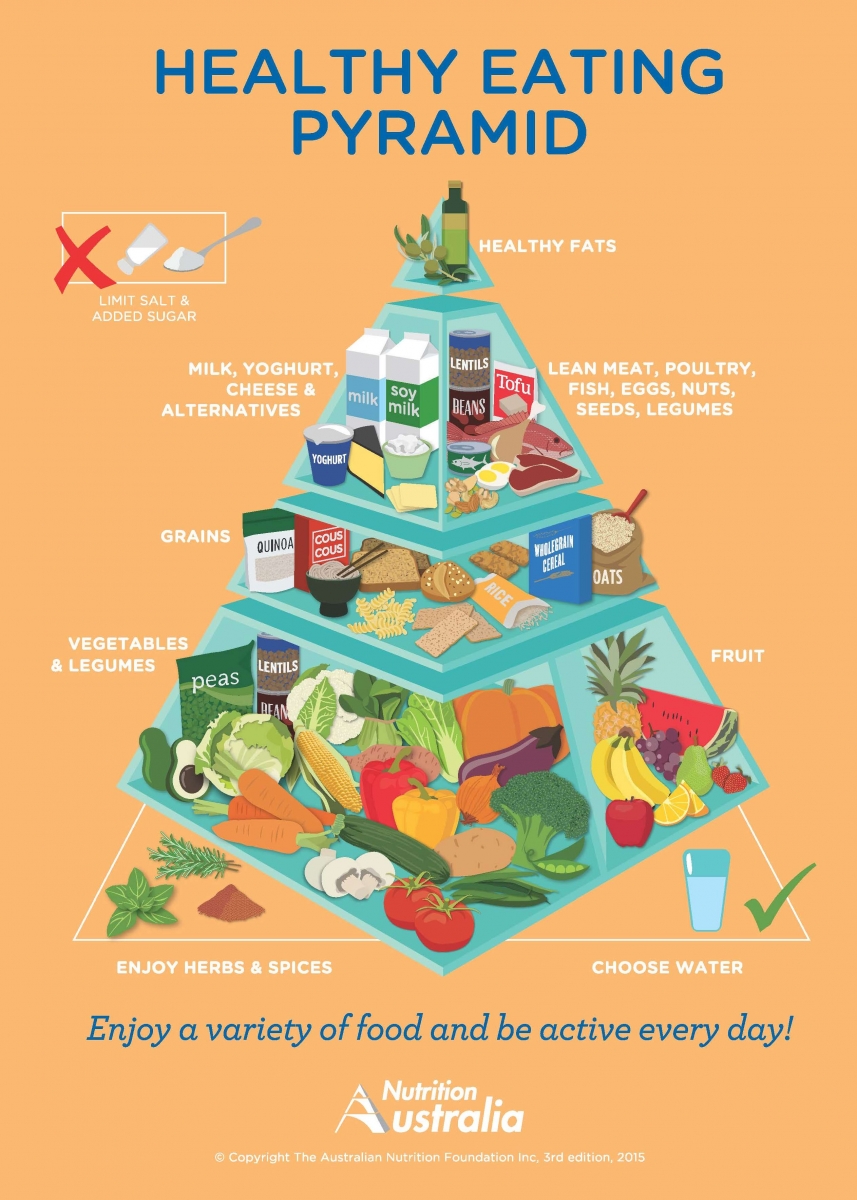
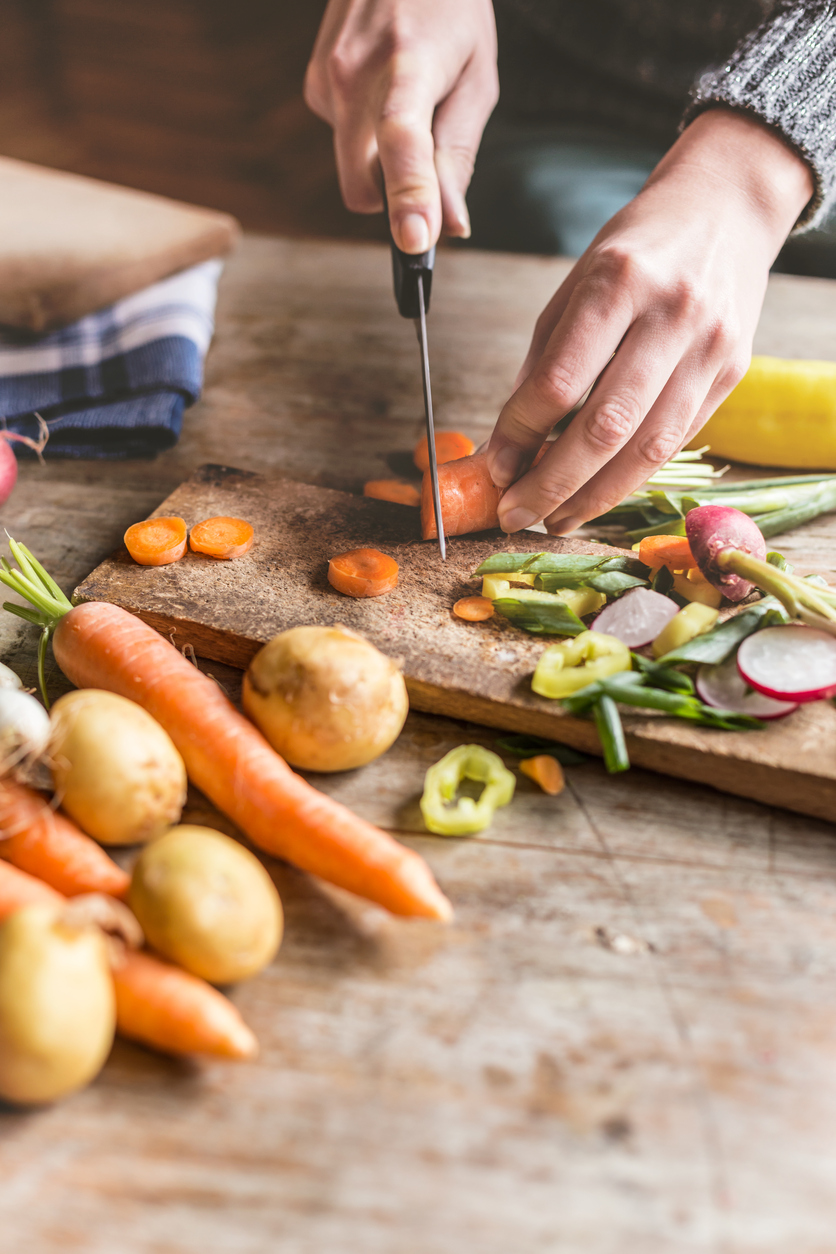


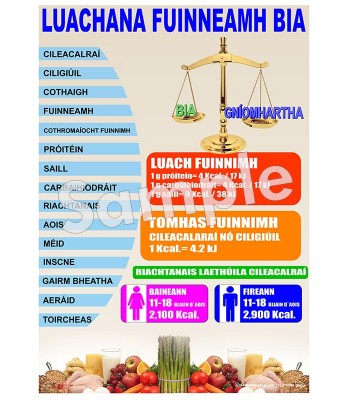

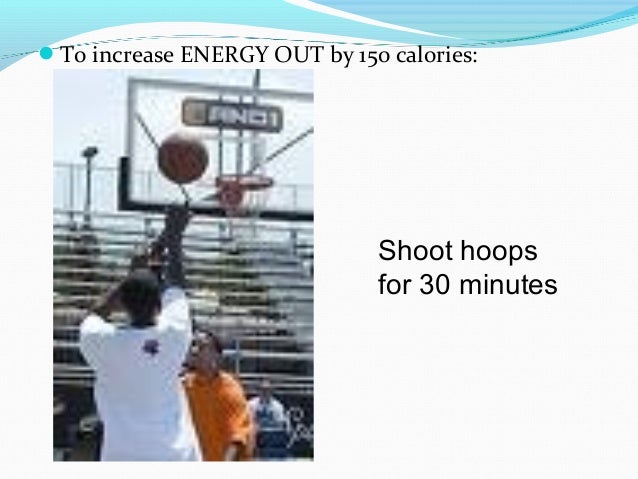
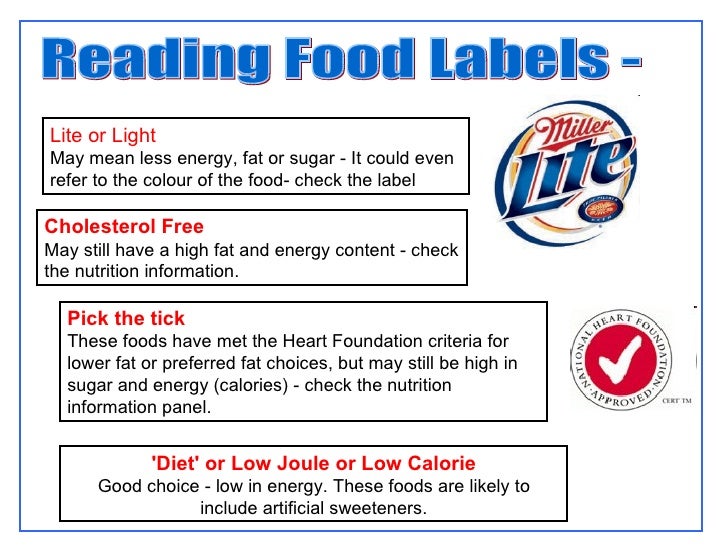


Post a Comment for "42 energy on food labels"